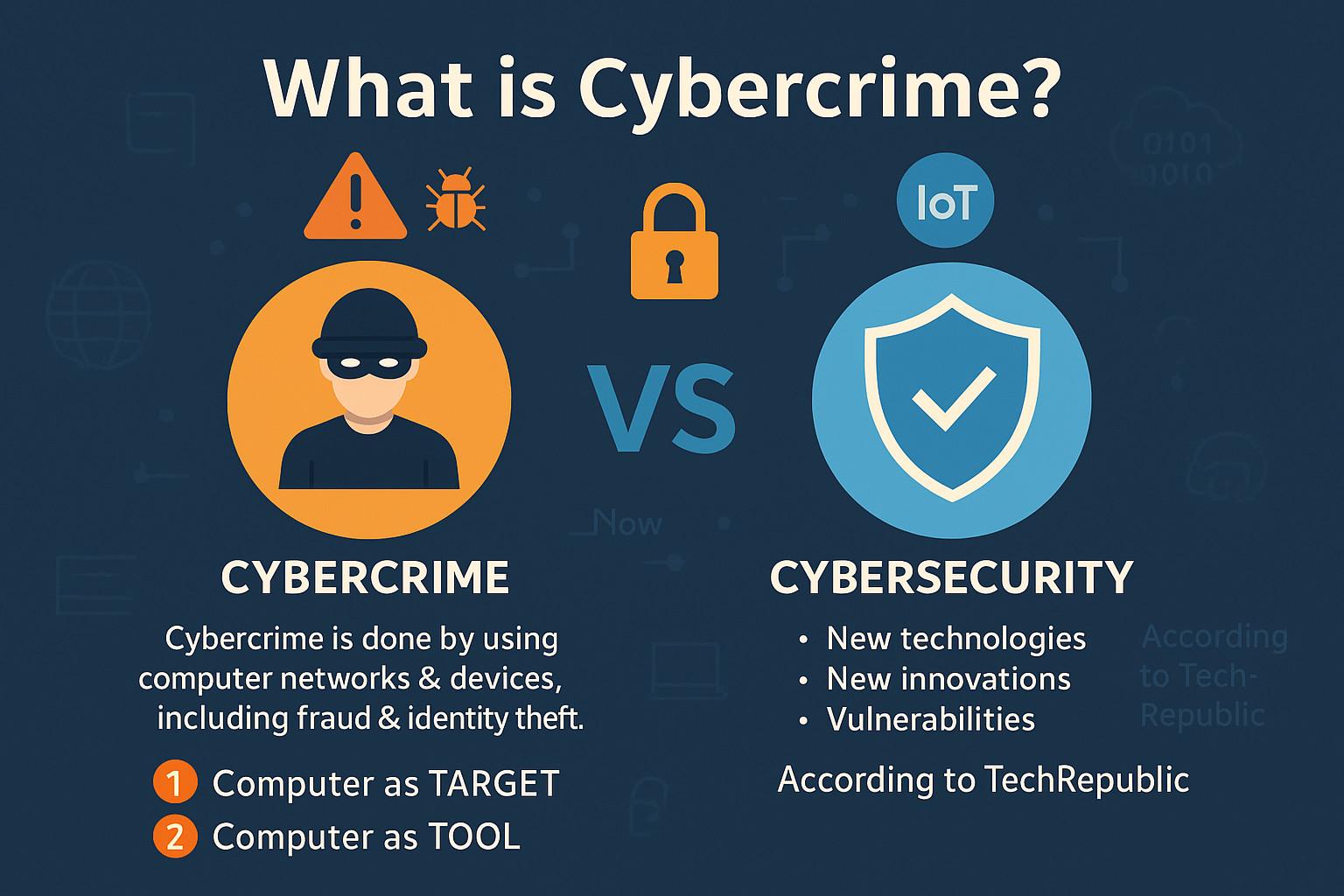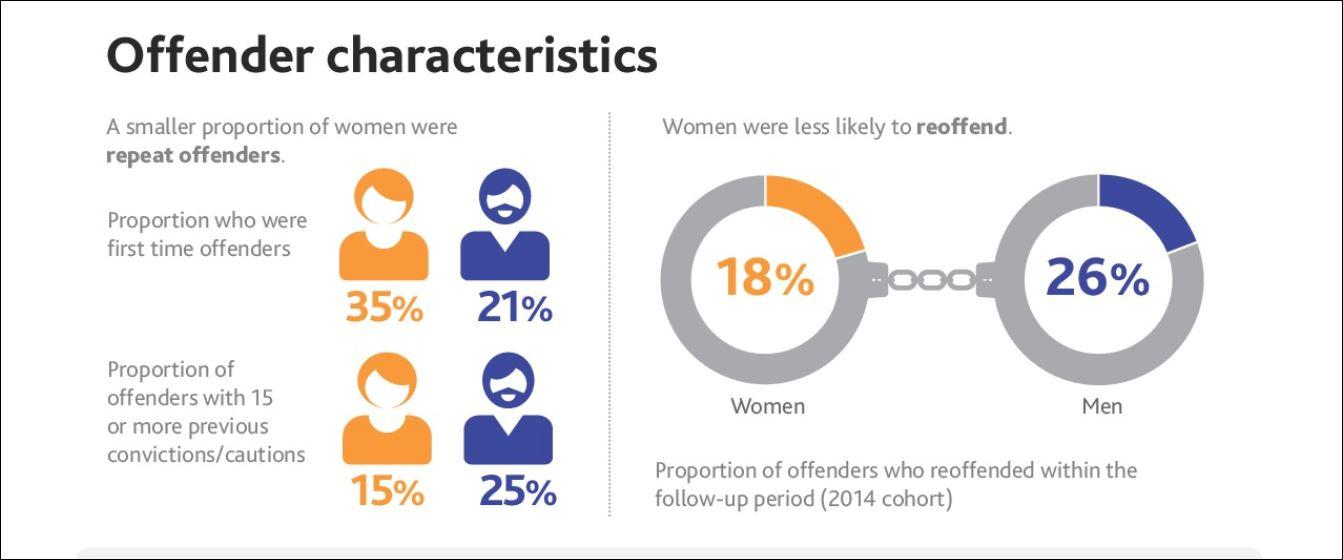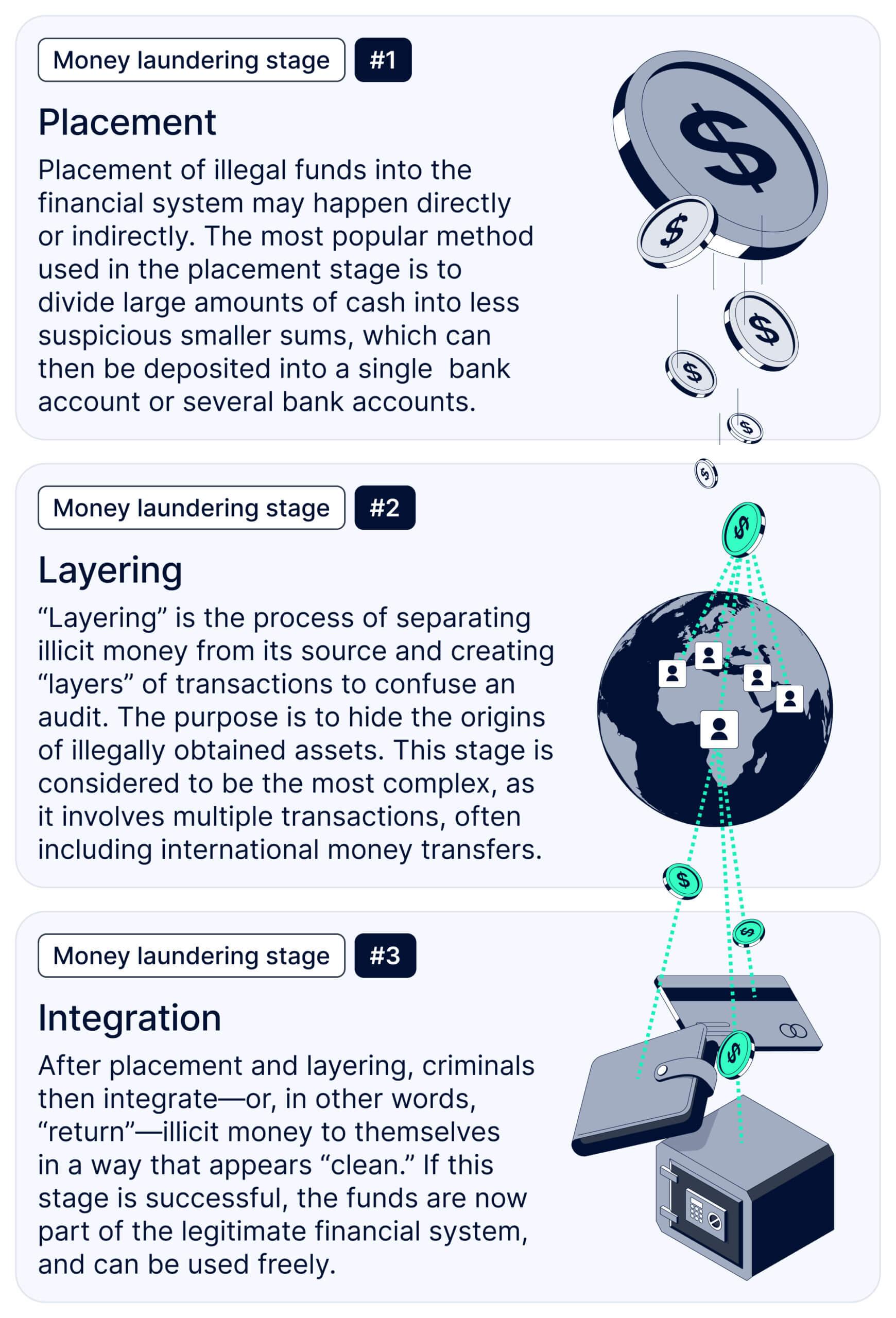In today’s hyper-connected world, cyber threats are evolving faster than ever—but some of the most powerful weapons in a hacker’s arsenal don’t involve complex codes or high-tech gadgets. Instead, they rely on something far simpler, yet incredibly effective: human psychology. Welcome to the shadowy world of social engineering, where cybercriminals don’t just target your devices—they target you. Curious how a stranger on the internet can manipulate your trust and trick you into handing over your most valuable information? Let’s pull back the curtain and explore the clever tactics behind social engineering, so you can spot the deception before it’s too late.
Table of Contents
- Understanding the Psychology Behind Social Engineering Tricks
- Common Social Engineering Techniques Revealed
- Spotting the Red Flags Before It’s Too Late
- Practical Tips to Fortify Yourself Against Cyber Deception
- Final Thoughts
Understanding the Psychology Behind Social Engineering Tricks
At the core of every social engineering trick lies a masterful manipulation of human psychology. Cybercriminals exploit deeply ingrained cognitive biases and emotional triggers to bypass rational defenses. They prey on familiar feelings like trust, fear, urgency, and curiosity—prompting victims to act impulsively without stopping to verify the authenticity of a request. By appealing to authority bias, attackers masquerade as reputable figures, compelling individuals to comply simply because of perceived status. Similarly, the exploitation of reciprocity compels people to respond favorably to friendly gestures or small favors, unknowingly opening gateways to data breaches or unauthorized access.
Understanding these tactics reveals why such scams are alarmingly effective. For instance, many people respond to the scarcity principle, reacting quickly when told that time is limited or an opportunity won’t last. This sense of urgency disrupts logical processing and encourages rushed decisions. Others fall for the consensus effect, where the impression that “everyone else is doing it” pressures individuals to follow the crowd—even if the action is suspicious. Social engineers also skillfully exploit the natural human desire to be helpful or avoid conflict, wrapping their deceptions in friendly language or urgent requests that seem harmless in isolation. Recognizing these psychological hooks is the first step toward strengthening your digital defenses and staying one step ahead of manipulative cybercriminals.
- Trust exploitation: Impersonating trusted sources to lower skepticism.
- Urgency creation: Pressuring victims into quick decisions.
- Emotional triggers: Leveraging fear, curiosity, or greed to cloud judgment.
- Social proof: Mimicking popular behavior to normalize scams.
Common Social Engineering Techniques Revealed
Behind every clever cyberattack lies an equally clever tactic designed to manipulate human psychology. Phishing remains one of the most widely used strategies, where attackers impersonate trusted entities via emails or messages, coaxing victims into revealing sensitive information. Equally deceptive is the technique known as pretexting, which involves creating a fabricated scenario to obtain confidential details. These methods prey on our innate trust and urgency, pushing users to act without thinking.
Other subtle yet powerful playbooks include baiting, where enticing offers or files lure unsuspecting users into downloading malware, and tailgating, a physical tactic exploiting human courtesy to gain unauthorized access to restricted areas. By understanding these ploys—ranging from psychological manipulation to exploiting everyday behaviors—we become better equipped to spot and thwart the subtle traps woven into our digital and physical environments.
- Phishing: Fake emails or messages mimicking trusted sources.
- Pretexting: Crafting believable stories to extract information.
- Baiting: Offering freebies or malware-laden downloads.
- Tailgating: Following someone into secure areas without authorization.
Spotting the Red Flags Before It’s Too Late
Recognizing the subtle signs of social engineering attempts can make all the difference in protecting your personal and professional information. Often, these red flags are cleverly disguised as urgent requests or offers that seem too good to be true. Be particularly wary when you encounter unsolicited communications that pressure you to act immediately or discourage you from verifying the source. Authentic organizations understand the value of your time and security—they won’t rush you or demand sensitive information via unexpected channels.
Watch out for these key indicators that something might be off:
- Unexpected emails or messages requesting login details or passwords.
- Poor grammar and spelling mistakes, which are common in phishing attempts.
- Generic greetings like “Dear User” instead of your actual name.
- Links or attachments that seem suspicious or lead to unfamiliar websites.
- Too-good-to-be-true offers promising free gifts or large sums of money.
Practical Tips to Fortify Yourself Against Cyber Deception
To navigate the murky waters of cyber deception, start by sharpening your skepticism. Question unexpected messages or unsolicited requests—even when they seem to come from trusted sources. Cybercriminals meticulously craft their lures, mimicking familiar tones and logos to lower your defenses. Train yourself to pause and verify before clicking links or downloading attachments. Employ the “trust but verify” mantra by independently reaching out to the sender through an alternate channel, such as calling a known number or sending a new email. Remember, legitimate organizations rarely pressure you to act immediately or divulge sensitive information without verification.
Layering your defenses digitally adds a robust armor against manipulative tactics. Enable two-factor authentication (2FA) wherever possible—this simple step can stop unauthorized access in its tracks. Regularly update your software and devices to close off vulnerabilities that social engineers exploit to gain entry. When creating passwords, embrace complexity: use long, unique combinations and consider password managers to keep track. Don’t overlook the power of routine drills; simulate phishing attempts with your team or family to build collective awareness. These habits transform users from potential victims into vigilant gatekeepers against the ever-evolving social engineering playbook.
- Pause and verify suspicious requests before acting.
- Use two-factor authentication on all accounts.
- Keep software up to date to patch security holes.
- Create strong, unique passwords with the help of password managers.
- Practice phishing simulation drills to stay alert.
Final Thoughts
As we peel back the layers of social engineering, it becomes clear that the art of deception is both fascinating and frightening. Cybercriminals are constantly evolving their tricks, making it crucial for us to stay curious, stay informed, and most importantly—stay vigilant. By understanding how these manipulative tactics work, we empower ourselves to recognize the red flags before it’s too late. So next time you get that unexpected message or strange request, remember: a little skepticism can go a long way in protecting your digital world. Keep questioning, keep learning, and don’t let the mask fool you.











